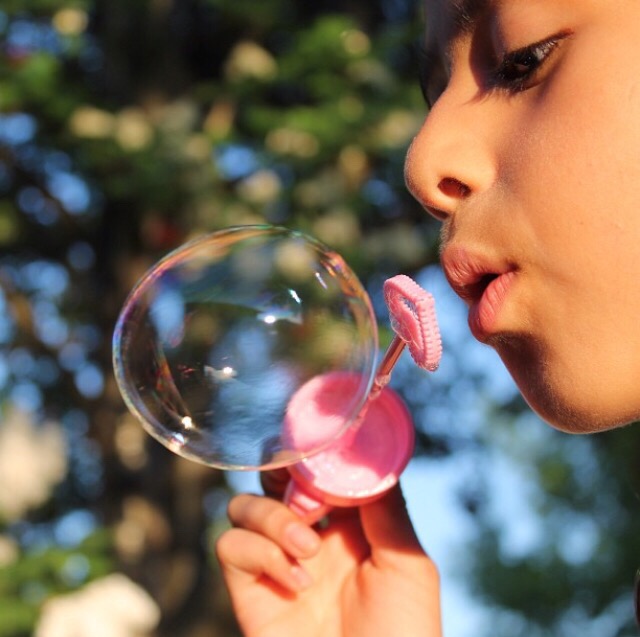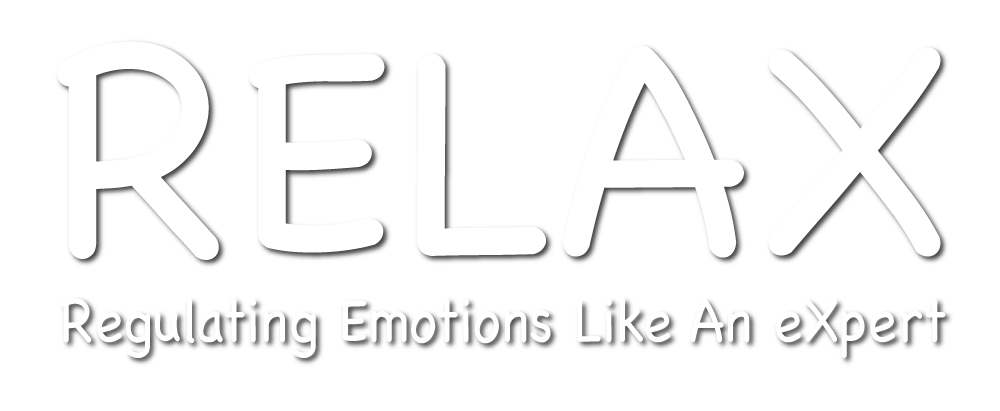Let’s Practice!
Before you begin, note that when you take deep breaths this way, you are taking larger breaths than you’re used to. For this reason, you need to breathe more slowly than you are used to. If you breathe at the same rate you use with your small, shallow breaths, you will probably feel a little lightheaded. If this happens, it is a signal to slow down your breathing!

1
Place one hand on your stomach and the other on your chest. Your hands will tell you what part of your body and what muscles you are using to breathe.

2
Open your mouth and sigh (as if someone just told you something annoying). As you do, let your shoulders and the muscles of your upper body relax down as you exhale. The goal of a sigh is to relax your upper body muscles.

3
Close your mouth and inhale slowly through your nose, as if you are smelling a fragrant flower; this will push your stomach out.

4
When you’ve inhaled as much air as you can comfortably without using your upper body, stop.

5
Pause briefly for whatever time feels comfortable (e.g., 3 seconds).

6
Open your mouth. Exhale slowly through your mouth, as if you are blowing a bubble; this will pull your stomach in.

7
Pause briefly for whatever time feels comfortable (e.g., 3 seconds).

8
Repeat these steps – 3 times if need to calm down quickly in the moment or for a couple of minutes for a deeper relaxation!
Check out this video to learn 3 different ways to continue practicing your deep breathing!
Let’s Practice
Dealing with Difficult Emotions
Coping Skills Challenge
Deep Breathing Practice
Progressive Muscle Relaxation Practice
Mindfulness Guided Imagery Practice
My Profile
Website Development by Bold Print Design Studio.
